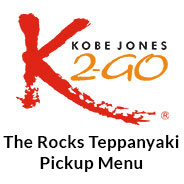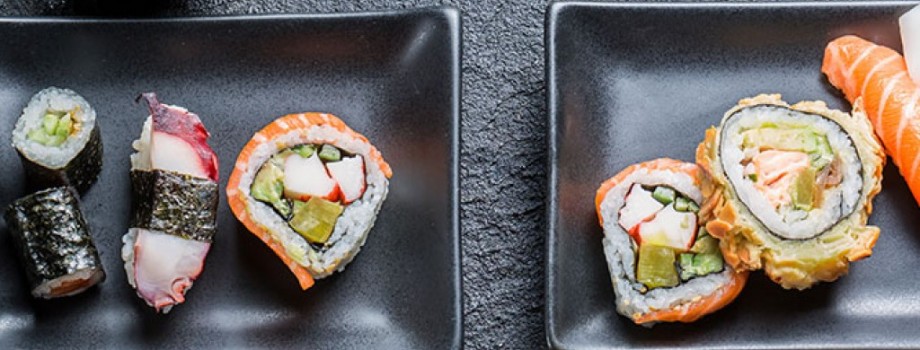Whether eating with new Japanese friends, dining in a Japanese restaurant, or attending a business lunch with a Japanese client, following a few simple etiquette rules can make you shine. Most Japanese people will forgive you for not understanding their customs and beliefs, but by following common etiquette you demonstrate good manners and respect.
There are many different components to Japanese etiquette when it comes to dining, and certain situations call for different reactions.
Sitting
Typically the Japanese eat at low dining tables and sit on a cushion placed on tatami floor (a reed-like mat). In formal situations both men and women kneel (“seiza”), while in casual situations the men sit cross-legged and women sit with both legs to one side.
Honour
The most important person at each meal sits on the seat of honour – known as “kamiza”. The kamiza is placed farthest from the entrance to the room where the meal is held. If there is tokonoma in the room (a built-in recessed space), guests sit in front of it. The host sits at the middle of the table on one side.
Towels
In restaurants and bars a hot steamed towel (“oshibori”) is offered so you can clean your hands. Do not wipe your face with the towel. At home it’s expected people wash their hands before starting a meal.
Gratitude
A meal begins once the main guest, family member or waitress makes a gesture to start eating. This usually comes in the form of gratitude, such as the term “ itadakimasu”, which means, “I gratefully receive”. To finish the meal, one might say “gochisosama deshita”, which means, “thank you for the meal”.
Chopsticks
Many Japanese traditions concerning table manners surround the use of chopsticks. Not only should they be held correctly, one must never leave chopsticks standing vertically in their bowl of food, as this resembles an offering made at funerals. One must also refrain from eating directly from a communal dish, and should try not to hover with their chopsticks when deciding on what to eat next.
When not in use, place your chopsticks on a “hashioki”, or chopstick stand. It’s not polite to talk while holding your chopsticks, so place them down if you are having a chat. Never point your chopsticks when talking, and never use them to pass food to someone else chopsticks.
Handling
When eating from small bowls, it’s good manners to pick up the bowl with your hand and lead it close to your mouth when eating from it. Never cup your hand to catch falling food, as this is considered bad manners.
Ideally, food should always be eaten in one bite, so try not to bite food into smaller bits. You should also refrain from raising your food above your mouth.
Drinking
Do not start drinking until everybody at the table has a drink and the glasses are raised for a drinking salute – usually “kampaii”. When holding a glass, women should put their hand underneath it. Men should also do this as a sign of respect when talking to a person superior to them.
When drinking alcoholic beverages, it is customary to serve each other rather than pour your own drink.
Soup
Due to the fact most Japanese soups contain lots of ingredients, spoons are rarely used. Instead, you should try to eat your soup using chopsticks. Don’t be afraid to slurp your soup, as most Japanese believe inhaling air when eating noodles enhances the taste.
When consuming miso soup, drink the soup as if it were a cup, and then fish out the solid bits using chopsticks.
Clam shells
Placing empty clam shells on another plate or in the lid of a bowl is considered impolite, so leave shells inside the bowl it was served in.
Soya sauce
Pour the amount of soya sauce you will use into the shallow, empty bowl provided. Leave a trace of soya sauce in your bowl when you are done.
Wasabi
When eating sushi, do not mix wasabi into your soya sauce bowl. This can be an insult to the chef, as it’s said to restrict the taste of the sushi.
Pouring
If pouring a drink, the hand holding the bottle should always pour forward. Pouring backwards is considered an insult.
Tea ceremonies
Tea ceremonies require strict adherence to rules designed to promote tranquility. Remove your shoes upon entering and greet guests with a slight bow. Do not talk or shake hands, and instead be seated silently.
Ending your meal
When you’ve finished your meal, return the table to how it looked in the beginning. Put your chopsticks back on the chopstick rest or in its paper holder. Replace any lids back on dishes.
Paying the bill
Generally speaking, the person who invited everyone pays for the meal.
Don’t fret if you forget any of these rules, as they are merely guidelines. Keep them in mind, however, and impress your friends and colleagues with your knowledge on the proper way to eat in Japan.






 (99 votes, average: 4.27 out of 5)
(99 votes, average: 4.27 out of 5)